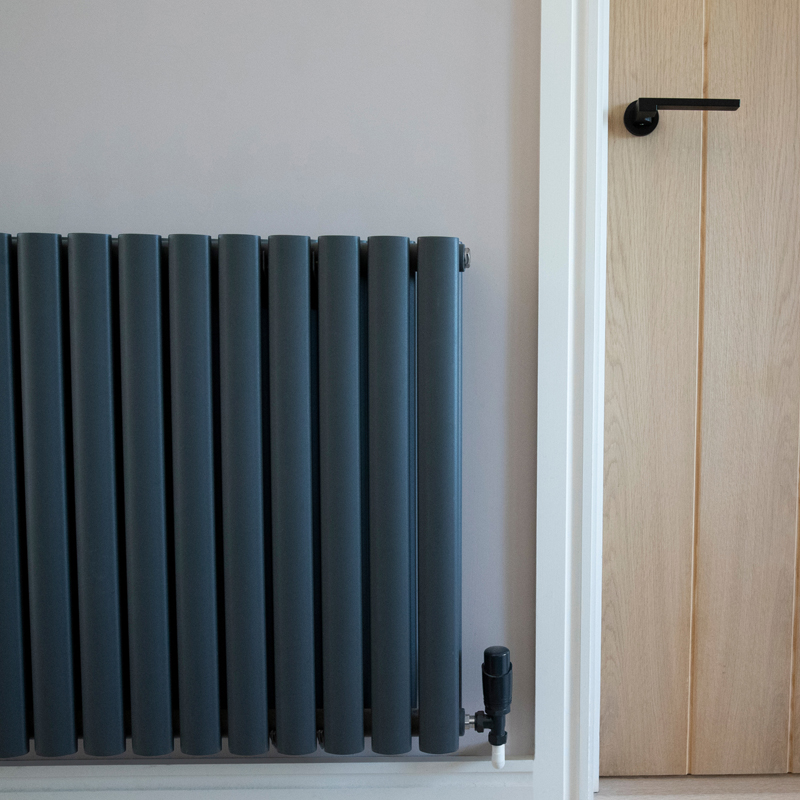Over the past few years, many of us have used our increased time indoors to make home improvements and renovations. Giving the inside of your home a fresh new look still needs to incorporate efficient heating – and a key part of this is your home’s radiators. With a whole host of radiators on the market, it can be difficult to choose ones which are both functional and aesthetically pleasing, so we have put together an overview of the most common types of radiators and some helpful tips to consider before purchasing:
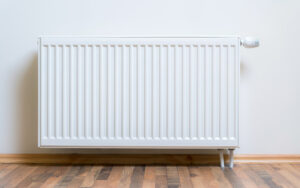
The most common domestic heating option is the horizontal radiator, also known as a central heating radiator. These days there are many different horizontal radiator variations to suit a range of interior aesthetics.
Horizontal radiators function the best in larger rooms, such as lounges and kitchens. Sure, they take up more space, but they make up for their size with their more broad dispersal of heat. For below-window heating they also function very well, and can be placed in the ‘dead space’ below a window that wouldn’t otherwise be used.
If installing a new horizontal radiator, the chances are you will have less disruption as the majority of pipework in homes has been constructed to suit this radiator shape.
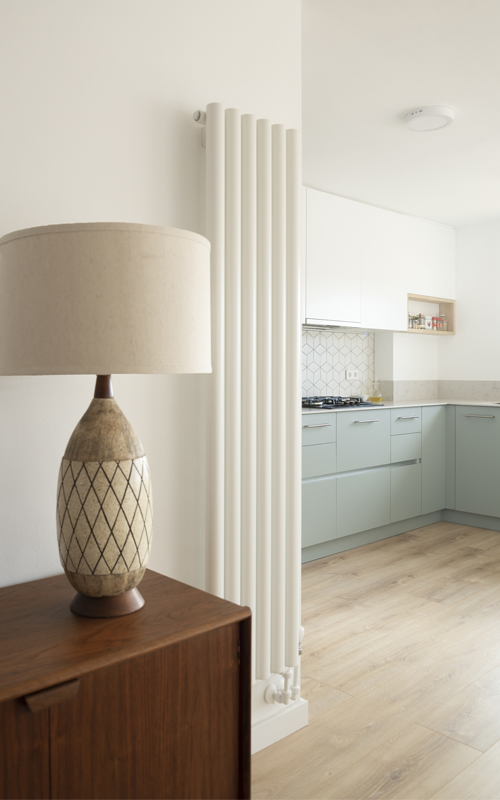
Vertical or upright radiators make for a more modern option. Having said that, there are a wide range of vertical radiator styles on the market including those that would be suitable for more traditional interior design.
Being upright instead of horizontal often means that there are less pipes – one of the main benefits is that they can fit in tight spaces and are versatile depending on the shape of a room. These slimmer, upright radiators have the potential to be placed in many more places than their horizontal counterparts, such as in between furniture, appliances or even behind doors.
There is a common myth that vertical radiators are less heat efficient, but providing the BTU (British Thermal Unit) for a room is sufficient, they will not compromise warmth. (Scroll down to find out how to calculate the BTU for a room).
The main drawback of installing a vertical radiator is the time and effort it will take to replace an existing horizontal radiator. This is because the majority of homes have their pipework installed to supply horizontal radiators. Thankfully, this is where our experienced plumbers can help – contact us today if you are considering vertical radiators for your home and need some expert advice regarding replacing your old radiators.
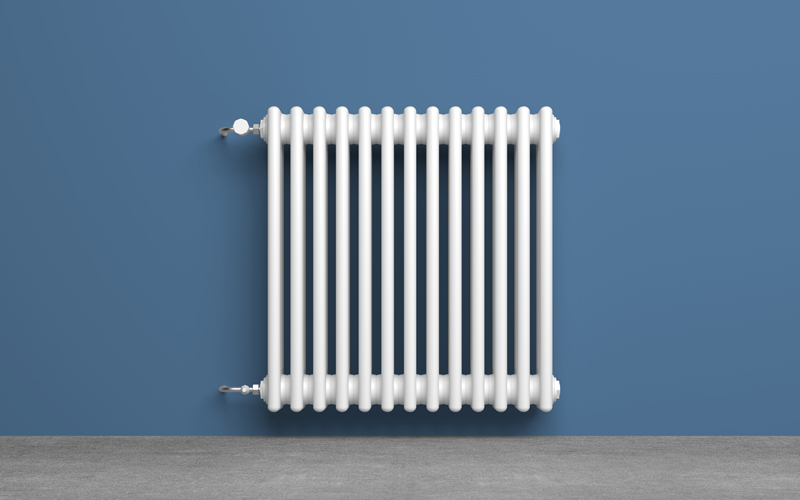
Column radiators have become ever more popular over recent years due to them marrying their retro look and feel with efficient warmth. Thanks to advances in radiator design though, there are many modern-looking column radiators available to buy.
Although they have gaps between the columns, the way that they are designed means that heat is transferred through the gaps, utilising any space that is seen as empty.
Column radiators benefit from the possibility of being multi functional too, with many of these designs able to double up as a rail to hang towels or dry clothes. This makes them a great option for a bathroom or utility room.
This type of radiator is well known for its more durable design. Often made of cast iron, steel or aluminium, you can be reassured that you will have a heating unit that can stand the test of time.
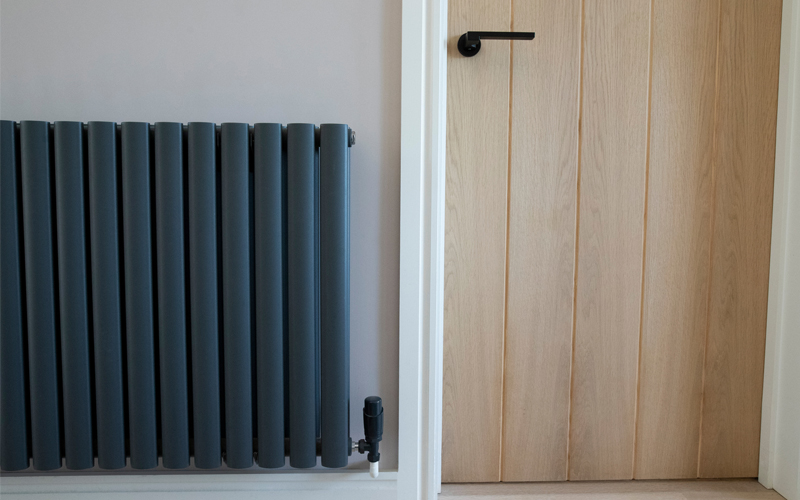
First of all, it’s worth noting that designer radiators can fit into the categories of horizontal, vertical or column. The term ‘designer’ refers to the radiator’s eye-catching look and aesthetic appeal.
Many designer radiators are constructed of high-performance aluminium or steel. With aluminium being the best conductor of heat, this material can heat up very quickly compared to other types. This is also the case with those made from steel – the material retains heat well while also having a finish which is easy to look after and resists corrosion. Radiators may be seen as clunky, unattractive heating units – but designer radiators can prove to be a pleasant looking installation which combine well with a range of interior design themes.
A potential drawback of designer radiators is their efficiency. Some, not all, designer radiators may look fantastic, but they can compromise warmth for looks due to their shape or material. It is always worth calculating the BTU for the room in which your new radiator will go to determine how well it will perform when you require a warm room.
In order to calculate how effectively a room is heated, we work to a Heat Loss Calculator. This calculates what BTU (British Thermal Unit) that is required in order to properly heat a room.
You can determine what BTU is required for your desired room by doing the following:
Measure the room’s length and width and enter it into a Basic Heat Loss Calculator. The software will automatically calculate the room’s BTU, which can be used to determine which radiator(s) would be suitable.
Depending on the amount of radiators in the desired room, you can either split the BTUs between a number of radiators to reach the total BTU. If there is only one radiator in the room, you will need to get as close to that BTU as possible for the chosen radiator. We would always recommend going over instead of under the BTU total where possible – after all, warm is better than cold!
The team at Carshalton Boilers can help you decide which radiator style and brand would be best for your home – contact us today to discuss your options.
